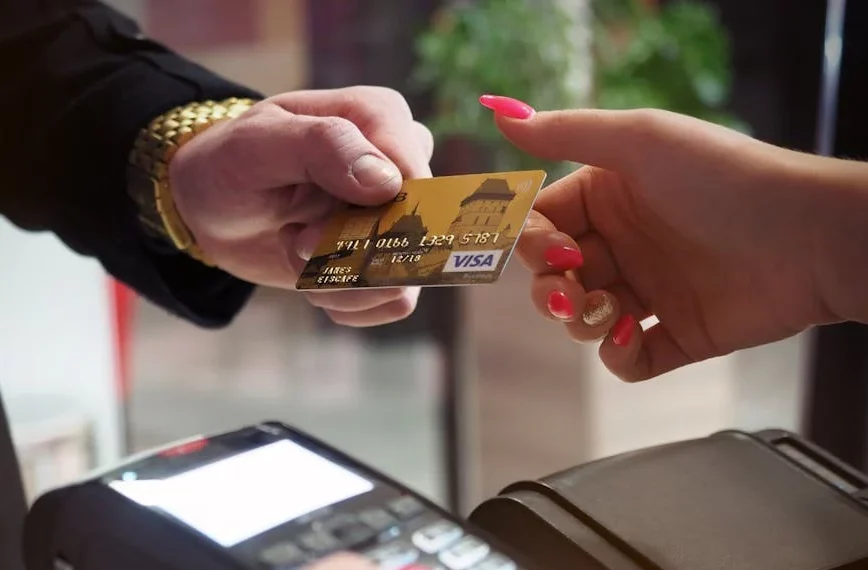A transaction is just a fancy way of saying you’re exchanging something of value – be it a product, service, or even money itself – for something else of value. Here’s where things get interesting: How we make these exchanges can vary depending on the situation.
Key Takeaways
- Two Main Categories of Card Acceptance: There are two main categories for accepting card payments: card-present transactions (physical card present) and card-not-present transactions (online or remote orders).
- Different Technologies for Different Needs: Each category has its own set of technologies for processing payments. Point-of-sale terminals handle in-person dips and taps, while online payment gateways and virtual terminals facilitate remote card-not-present purchases.
- Security vs. Convenience: Card-present transactions are generally more secure due to the physical card verification. Modern mobile wallets offer a convenient alternative but might require additional security measures like CVV codes.
Understanding Your Payment Channels
Card acceptance channels fall into two main categories: card-present and card-not-present.
- Card-Present Transactions: These involve the physical card and cardholder being present during the purchase. Examples include swiping a credit card at a point-of-sale (POS) terminal or tapping a contactless payment card.
- Point-of-Sale (POS) Terminals: These are the workhorses of brick-and-mortar stores. Customers insert or tap their cards for authorization, providing a secure and familiar payment method.
- Mobile POS Terminals: Ideal for businesses on the go, mobile POS systems transform smartphones or tablets into payment acceptance devices with the help of a EMV Compliant card reader.
- Card-Not-Present Transactions: Here, the physical card isn’t present. This category includes online purchases (e-commerce), phone orders, and mail orders.
- Online Payment Gateways: These secure platforms integrate with your website, allowing customers to enter their card details for authorization during checkout.
- Virtual Terminals: Imagine a software version of a POS terminal. Virtual terminals enable phone and mail order transactions by allowing the merchant to process card transactions remotely.
The Rise of New Payment Methods
Technology has introduced new and evolving ways to accept card payments:
- Mobile Wallets: Services like Apple Pay and Google Pay enable secure storage of card information on mobile devices, allowing contactless payments at participating merchants.
- App Purchases: Many mobile apps facilitate in-app purchases using stored card details or one-click payment methods. If you have a mobile app, in-app purchases allow users to pay for subscriptions, virtual goods, or additional features directly within the app using their stored card details.
Card-present transactions generally offer the highest level of security, as the physical card is present for verification. Card-not-present transactions require additional steps like CVV codes and Address Verification for enhanced protection.
Our comprehensive payment gateway solution caters to all your transaction needs. We offer support for a wide range of payment methods, global reach with multicurrency processing, industry-leading security, seamless e-commerce integrations, and competitive pricing.
We are here to help
- Schedule a Call: Book an Appointment
- Send us an Email: support@epayment.one
- Speak to a Specialist: 801-931-0111
**Want to find out how much time and money you might wasting with your current Merchant Processor? Send us your 3 most recent Processing statements, and receive and free, no obligation analysis to help you better understand your business’ unique needs.
Sources
- PCI Security Standards Council – Protect Payment Data with Industry-driven Security Standards, Training, and Programs
- PCI DSS Information Supplement Tokenization (pcisecuritystandards.org)
- Multi-Factor-Authentication-Guidance-v1-w-note.pdf (pcisecuritystandards.org)
- PCI-Top-Ten.pdf (pcisecuritystandards.org)





